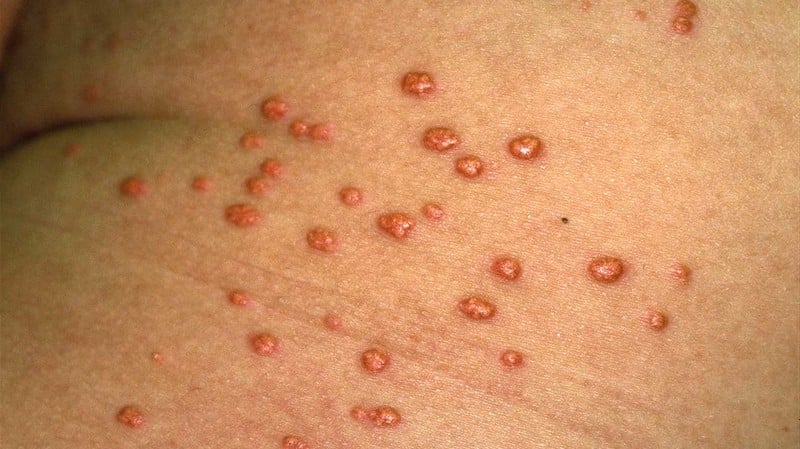Triglycerides are the waxy fats or lipids that the body needs for energy. The body produces them, but most foods are likewise sources of triglycerides. At a normal level, which should be less than 150 milligrams per deciliter (mg/dL), triglycerides are helpful to the body’s functions. But when the levels spike, it could lead to various diseases, such as pancreatitis, strokes, and heart attacks, mainly when the cholesterol levels are also high.
Most of the fat from the food people eat is in the form of triglycerides. This is because extra sugar, alcohol, and calories turn into triglycerides, which the body stores in the fat cells. Cholesterol and triglycerides are lipids or fatty substances. But triglycerides are fats, whereas cholesterol is a waxy substance but not fat. The body uses cholesterol to support the nervous system and build cell walls. It is also essential in hormone production and digestion.
The liver uses cholesterol, triglycerides, and lipoproteins so the mixture can circulate through the body. At normal levels, triglycerides and cholesterol are beneficial to the body. But a spike in their levels could spell disaster.
Continue reading to know more about triglycerides and how higher levels could be a health risk.
Xanthomas

Xanthomas are fatty deposits under the skin that could be tiny or as broad as over three inches. The deposits are in different shapes and have an orange or yellow color. When a person sees the growth of xanthomas on their skin, it could be a warning sign that they have high triglycerides or cholesterol. Xanthomas typically grow on the buttocks, back, feet, ankles, tendons, and hands, or over the joints like the knees and elbows. Although xanthomas are not dangerous, their appearance is unsightly. Once the triglyceride levels become lower, there is a possibility that the xanthomas will disappear.
The fatty deposits are common, particularly among people with high blood lipids or fats and older adults. Moreover, the growth of xanthomas is a possible indication of other medical conditions. These may include diabetes, certain cancers, inherited metabolic disorders like familial hypercholesterolemia, scarring of the liver because of primary biliary cirrhosis (blocked bile ducts), inflammation and swelling of the pancreas, and hypothyroidism (underactive thyroid).
Although not dangerous, xanthomas, which grow individually or in clusters, could be tender to the touch or itchy. The appearance of xanthomas is due to the excess of blood lipids in the body. Some examples of blood lipids are triglycerides and cholesterol.










